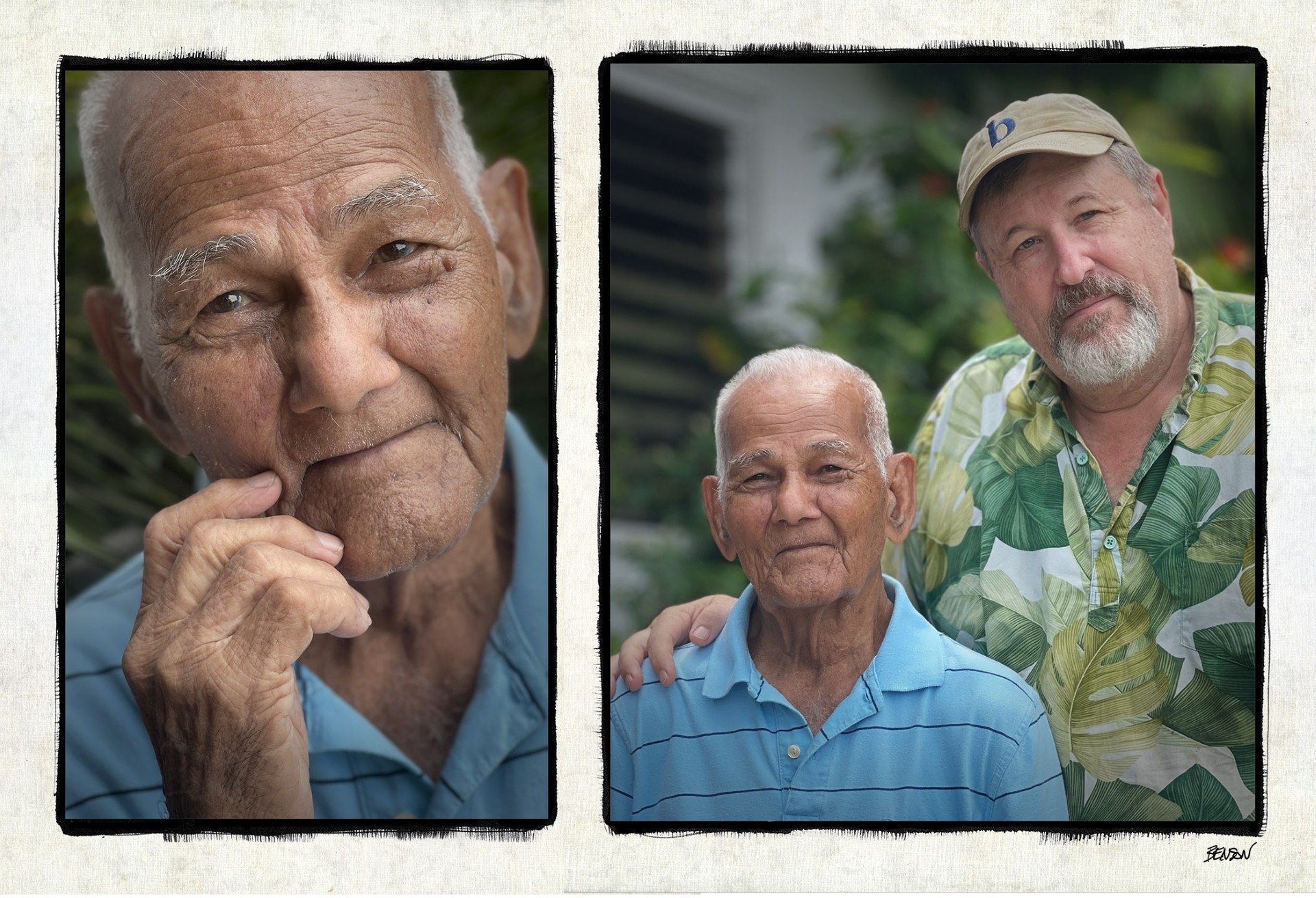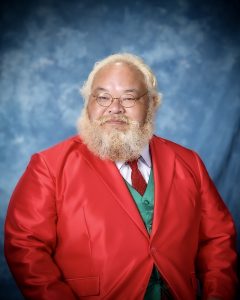Jack Salas
Over a century ago, the islands now known as the Commonwealth of the Northern Mariana Islands were under Japanese control. Following World War I, Japan was granted a mandate by the League of Nations to administer these islands, along with other territories in Micronesia. This mandate made Japan responsible for overseeing much of the Pacific Islands in the region, including Saipan, Tinian, and Rota.
The Japanese administration, which began in 1914 and was formalized by the League of Nations in 1920, marked a significant shift in the islands’ history. Prior to this, the Northern Marianas had been under Spanish and then German colonial rule. Under Japanese governance, the islands experienced rapid economic development, particularly in agriculture, with the expansion of sugar cane plantations becoming a defining feature of the landscape and economy.
This period set the stage for the dramatic events that would unfold in the following decades, including World War II and the subsequent American administration, profoundly shaping the lives of residents like Joaquin “Jack” Salas (date of birth 1933) and the future trajectory of the Northern Mariana Islands.
Jack’s early years were shaped by the unique circumstances of pre-war Saipan, where Japanese culture and colonial administration intertwined with local Chamorro life.
Jack’s father worked for the sugar cane company, operating the heavy NKK train that traversed the island. This job provided the family with certain privileges, including housing in Chalan Kanoa near the present-day post office. As a young boy, Jack would occasionally accompany his father on train rides, giving him a panoramic view of Saipan’s landscape dominated by sugar cane plantations. It’s said that during this period, nearly 95% of the island was under cultivation.
Growing up bilingual, Jack spoke both Japanese and Chamorro. Life under Japanese rule was strict, with resources tightly controlled. The family’s diet consisted mainly of sweet potatoes, breadfruit, and fish. Rice was a luxury primarily reserved for the Japanese, with Jack’s father receiving only a small ration of about a kilo for himself.
One of Jack’s most vivid pre-war memories was a mysterious incident involving what he believes might have been Amelia Earhart and her companions. As a child, he witnessed a truck stop in front of his house, carrying three blindfolded white people—a sight unfamiliar to young Jack at the time. Years later, he would reflect on this memory, wondering if he had unknowingly witnessed a significant historical event.
The outbreak of World War II brought dramatic changes to Saipan. The island was heavily damaged during the conflict, with most buildings reduced to rubble. In the immediate post-war period, Jack saw the island transform again as the American military established a presence. Tents and hastily constructed wooden houses replaced the familiar structures of his childhood. The once-thriving town of Garapan lay in ruins.
During the Cold War era of the 1950s and early 1960s, Saipan in the Northern Mariana Islands became an unlikely epicenter for covert U.S. intelligence operations. The CIA, under the guise of a U.S. Navy facility, established the Naval Tactical Training Unit. This clandestine installation served as a crucible for CIA operatives, honing their skills in intelligence tradecraft, communications, counter-intelligence, and psychological warfare.
The NTTU’s influence radiated throughout the Far East, bolstering various CIA activities across the region. Even today, the island bears silent testimony to this secretive chapter in its history. Remnants of the era can still be glimpsed in certain buildings and restricted areas on Capitol Hill, Marpi, and the Kagman peninsula.
As Saipan transitioned to American administration, opportunities arose for locals like Jack to find employment related to the CIA base. Significant portions of the island, including Marpi, Kagman, and Capitol Hill were designated as restricted zones, off-limits to most inhabitants. Jack secured a position in maintenance, applying his skills in carpentry and painting. His responsibilities extended to setting up targets for military training exercises, including demolition and bazooka practice—a task fraught with danger due to the lingering presence of unexploded ordnance from World War II.
In the late 1950s, Jack was involved in the extensive scrapping operations on Saipan. He served as an inspector, overseeing Filipino workers who used cutting torches to dismantle tanks and other military equipment left over from the war. These scrap materials were then shipped off to Japan and America, part of the massive post-war cleanup and resource recovery effort.
Throughout this period, Saipan’s population and infrastructure were slowly rebuilding. Jack recalled that the local population in the early post-war years was around 6,000 people. Many locals, including Jack’s family, initially lived in camps in Chalan Kanoa before gradually spreading out to other parts of the island.
The American administration brought changes to the island’s food supply as well. Jack remembered the introduction of a fishing co-op and farmers markets, initiatives aimed at improving local food security and economic opportunities.
As he moved through his 20s and 30s during the 1950s and 1960s, Jack witnessed Saipan’s gradual transition from a war-torn island to a developing trust territory. The presence of the CIA base and the restrictions it imposed on much of the island’s territory were a constant reminder of Saipan’s strategic importance in the post-war Pacific.
Jack’s unique experiences—from riding the sugar cane train as a child, to working on the secretive CIA base, to participating in the island’s post-war recovery—gave him a front-row seat to some of the most transformative decades in Saipan’s history. His story encapsulates the island’s journey from Japanese colony to American trust territory, and the complex legacy of World War II in the Pacific.

Joaquin “Jack” Salas and Del Benson. On Sept. 17, 2024, Benson visited Salas’ residence to conduct an interview and photo session. Del finds great satisfaction in conversing with senior citizens, drawing from their wealth of life experiences and firsthand accounts of historical events.”
-CONTRIBUTED PHOTO




